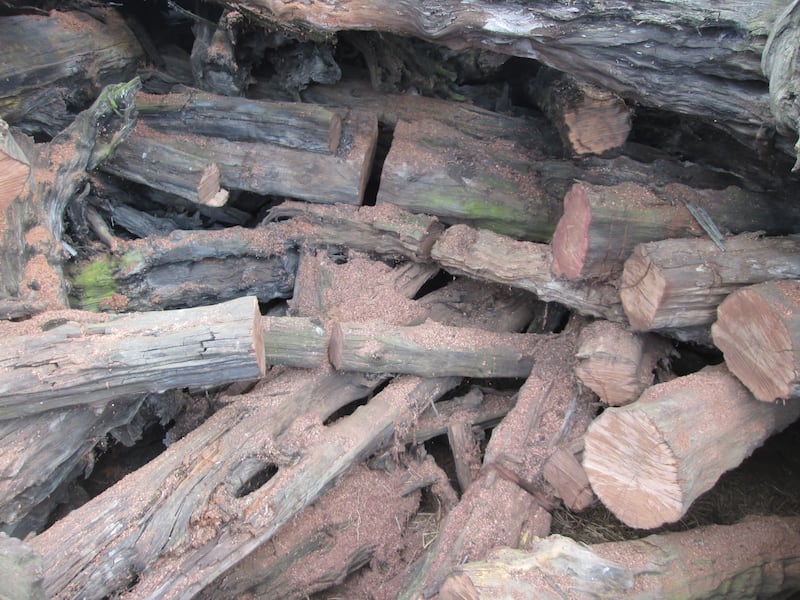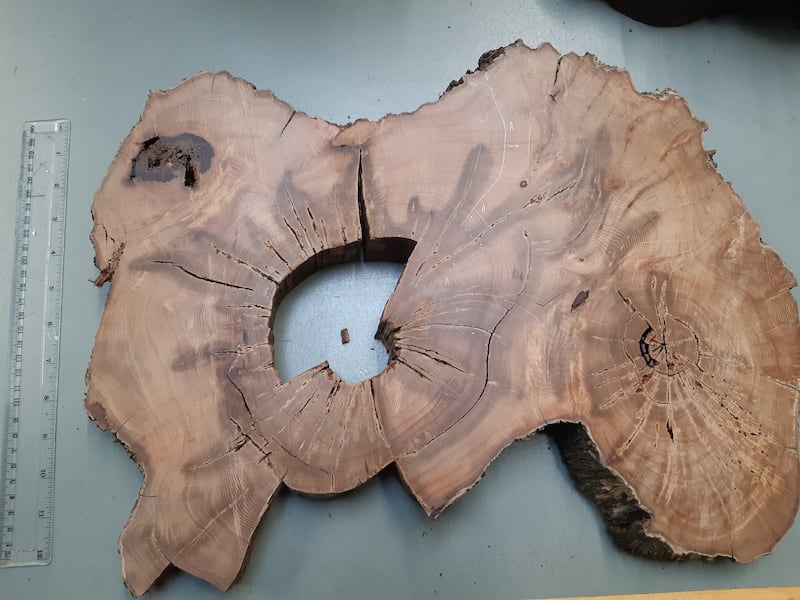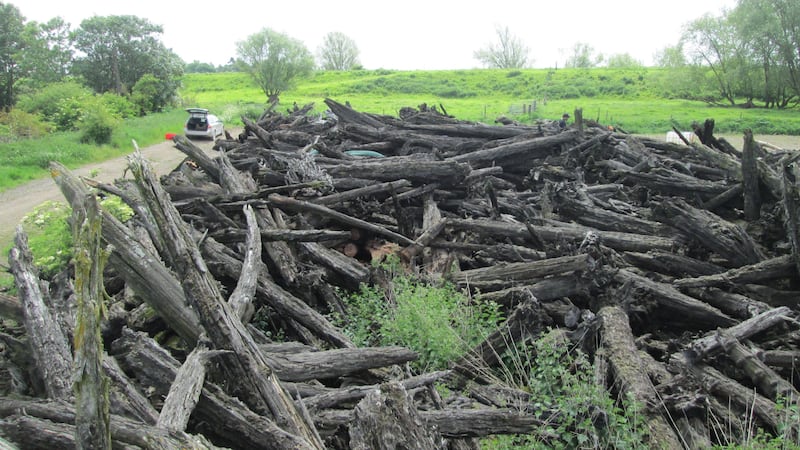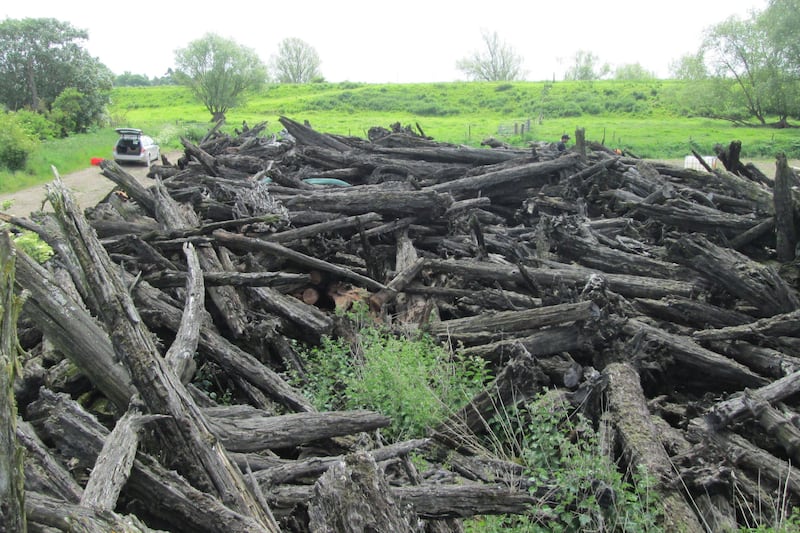The flat Fens of eastern England were once dominated by forests of yew trees, research suggests.
Their disappearance, some 4,200 years ago, may have been caused by a rapid rise in the level of the North Sea which flooded the area with salt water and killed the trees, according to a Cambridge University study.
A team of scientists studied hundreds of tree trunks dug up by farmers ploughing their fields in the low-lying study area, which takes in parts of Cambridgeshire, Norfolk and Lincolnshire.

The fallen trees, preserved in peat, are a nuisance when they jam farming equipment during ploughing but contain a treasure trove of information about what the Fens looked like in the past.
Most of the wood studied came from yew trees that populated the area between 4,000 and 5,000 years ago.
Analysis by the Cambridge Tree-Ring Unit indicated that some of the trees were 400 years old when they died.
Lead author Tatiana Bebchuk, a PhD student from Cambridge’s Department of Geography, said: “Finding these very old trees in the Fens is completely unexpected – it would be like turning a corner in rural Cambridgeshire and seeing an Egyptian pyramid – you just wouldn’t expect it.
“It’s the same with nature – wood rots and decomposes easily, so you just don’t expect a tree that died five or four thousand years ago to last so long.”
Yew trees are one of the longest-lived species in Europe and can reach up to 20 metres in height.
Much of the Fens is barely above sea level, and a sudden rise in sea level around 4,200 years ago would likely have killed the Fen woodlands, according to the researchers.
The period that the Fen woodlands died coincided with major climatic changes elsewhere in the world.
At roughly the same time, a megadrought in China and the Middle East was a possible trigger of the collapse of several civilisations, including Egypt’s Old Kingdom and the Akkadian Empire in Mesopotamia.

“We want to know if there is any link between these climatic events,” said Ms Bebchuk.
“Are the megadroughts in Asia and the Middle East possibly related to the rapid sea level rise in northern Europe?
“Was this a global climate event or was it a series of unrelated regional changes?
“We don’t yet know what could have caused these climate events but these trees could be an important part of solving this detective story.”
The Fens were largely a wetland before being drained between the 17th and 19th centuries using artificial drainage and flood protection.
It is now home to some of the most productive farmland in the UK thanks to its rich peat soil.
The research is published in the journal Quaternary Science Reviews.








